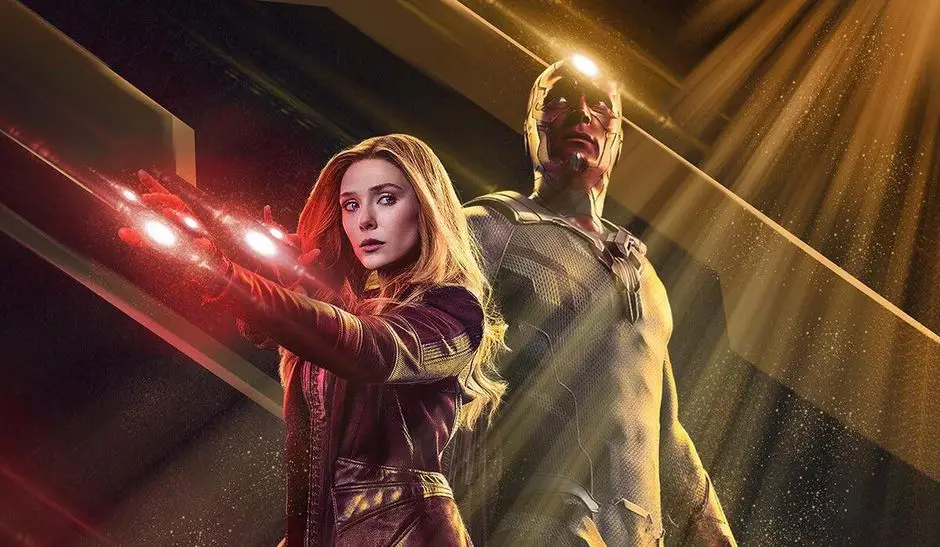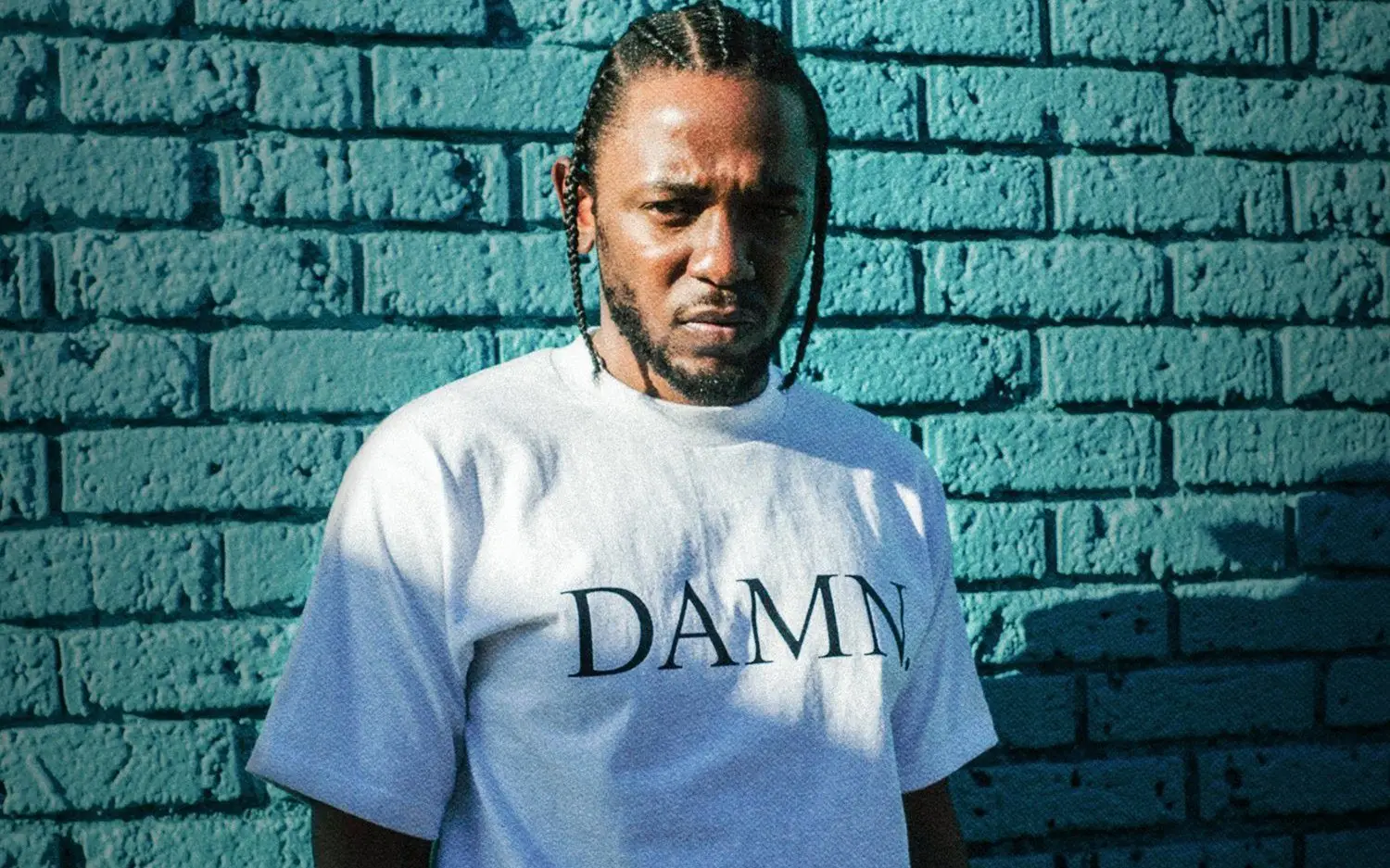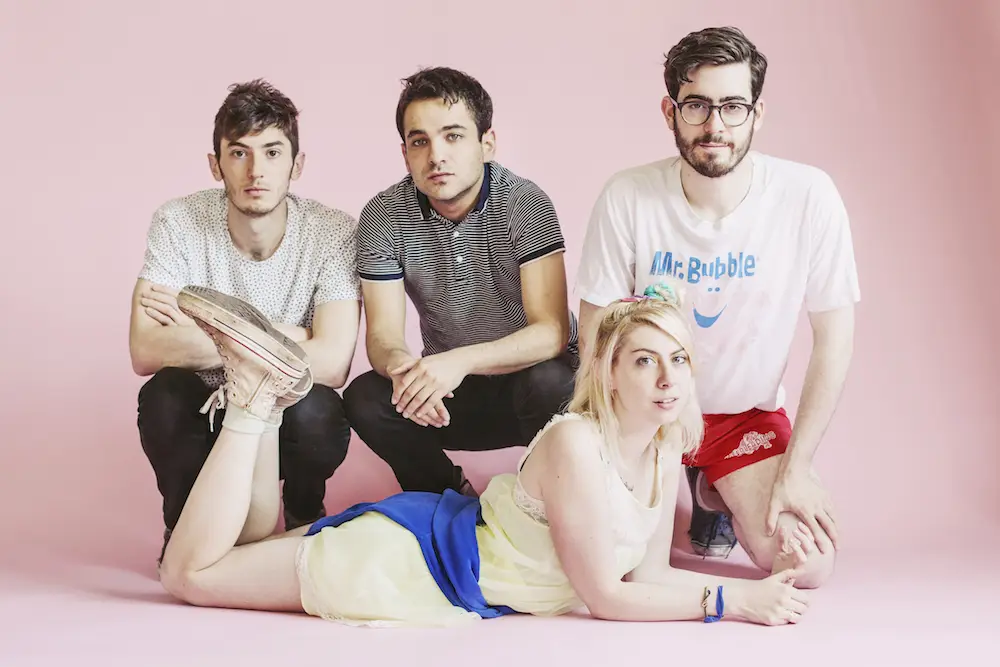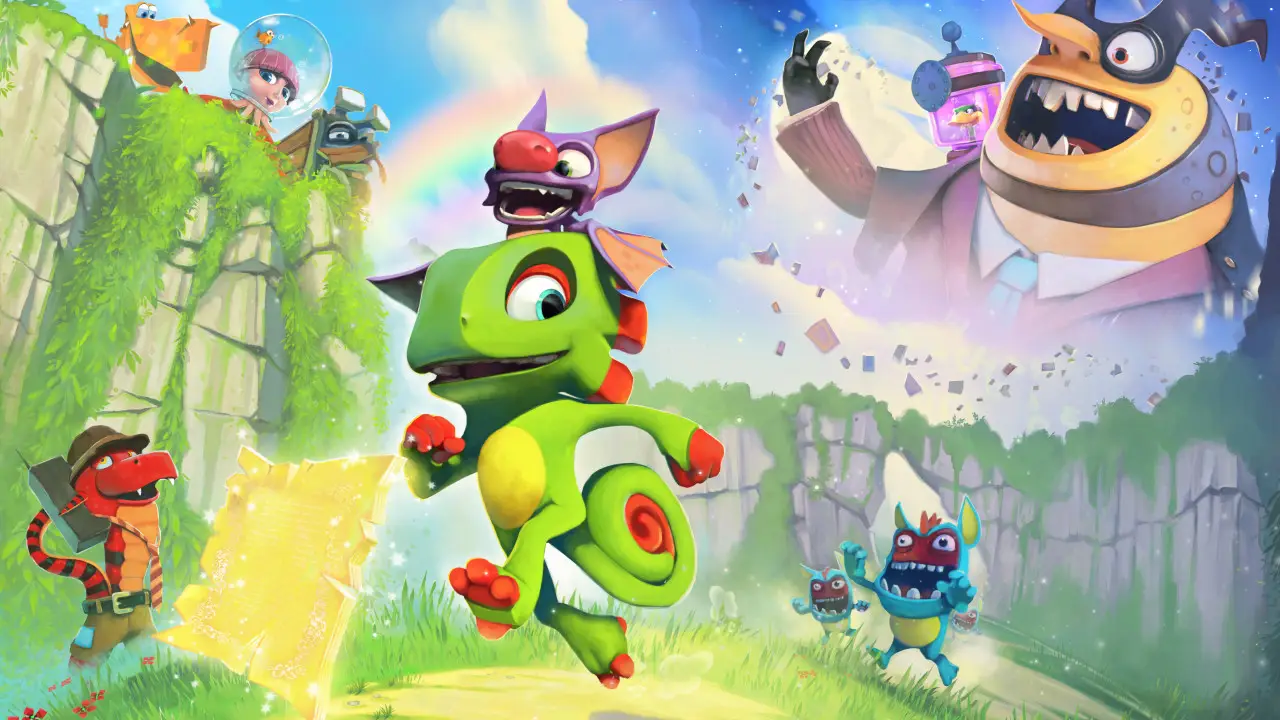Earlier in the semester, the Penmen Press interviewed SNHU students and alumni about their general reactions to “WandaVision,” a Marvel television series on Disney+, and their theories for how the show would end. With the completion of the series, the Penmen Press surveyed and interviewed several SNHU students again to determine if their theories came true and how satisfied they were with the series finale.
Expectations for “WandaVision” were high. It’s not hard to see why, as Marvel Studios is world-famous for their characters, stories and action sequences. Fans look forward to every glimpse into the cinematic universe they can get and many expect every related project to come with that thrill of watching a Marvel movie.
Excitement grew when one of the main actors in “WandaVision” teased a big moment in the show. In several interviews, Paul Bettany, who plays Vision, told viewers to watch out for a huge cameo from someone he’s always wanted to work with. Elizabeth Olsen even added that this special appearance was like a certain recent cameo in “The Mandalorian.” Of course, this led to speculation, thousands of theory videos and excitement for the big reveal.
SNHU students were among those excited fans, and they have a lot to say about the show and how it ended.
Of the students questioned, 55% stated they were completely satisfied with WandaVision. The rest stated they were mostly satisfied with the series. Some SNHU students commented how the series did a good job of depicting Wanda’s journey through the stages of grief.
However, less satisfied viewers cited many reasons why they did not enjoy the series as much. Hannah Rabitaille, (’23), stated how the show felt cliché, and the character of Dr. Darcy Lewis, an astrophysicist known for her inclusion in the Thor movies, could have been used better.
“I think Darcy was so important and didn’t get as much credit as she deserves,” Rabitaille said.
Some SNHU students also thought the viewers who were dissatisfied with “WandaVision” could have had high expectations that weren’t fulfilled.
“Too many people set their expectations too high and were asking for too much to be done in a short season,” Jerlin Quinones, (’18), said. “What the show was really about was Wanda and her grief and having to move on and we see her conquer that by the end.”
Many SNHU students theorized about who the main villain would turn out to be. The popular opinion was that Mephisto would make an appearance in the show.
Mephisto is an extra-dimensional demon in the Marvel Universe that rules a pocket dimension that he calls hell. Since West View, NJ lies in a pocket dimension in the show, Mephisto was a likely candidate for the main villain and was believed to be putting Wanda through psychological torment.
Some students theorized about the return of Ultron to the Marvel Cinematic Universe (MCU), after seeing SWORD scientists disassembling and studying Vision’s body.
Other students, like Alyssa DeGruttola, (’23), were not surprised by the main villain reveal, having theorized it before the finale.
“I was not surprised that Agnes was the villain,” DeGruttola said, adding that the old witch was her favorite character in the show. DeGruttola says she hopes there is a spinoff series about Agnes, known as the witch Agatha Harkness, and a teacher of Wanda’s in the Marvel comics.
Though “WandaVision” is over, the Marvel Universe is not slowing down. Their newest Disney+ show, “Falcon and the Winter Soldier,” released its first episode on March 19. Now fans will be able to focus their energy and conspiracy theories on the content and mysteries of Falcon’s journey as the next Captain America.
All episodes of “WandaVision” are now streaming on Disney+.




